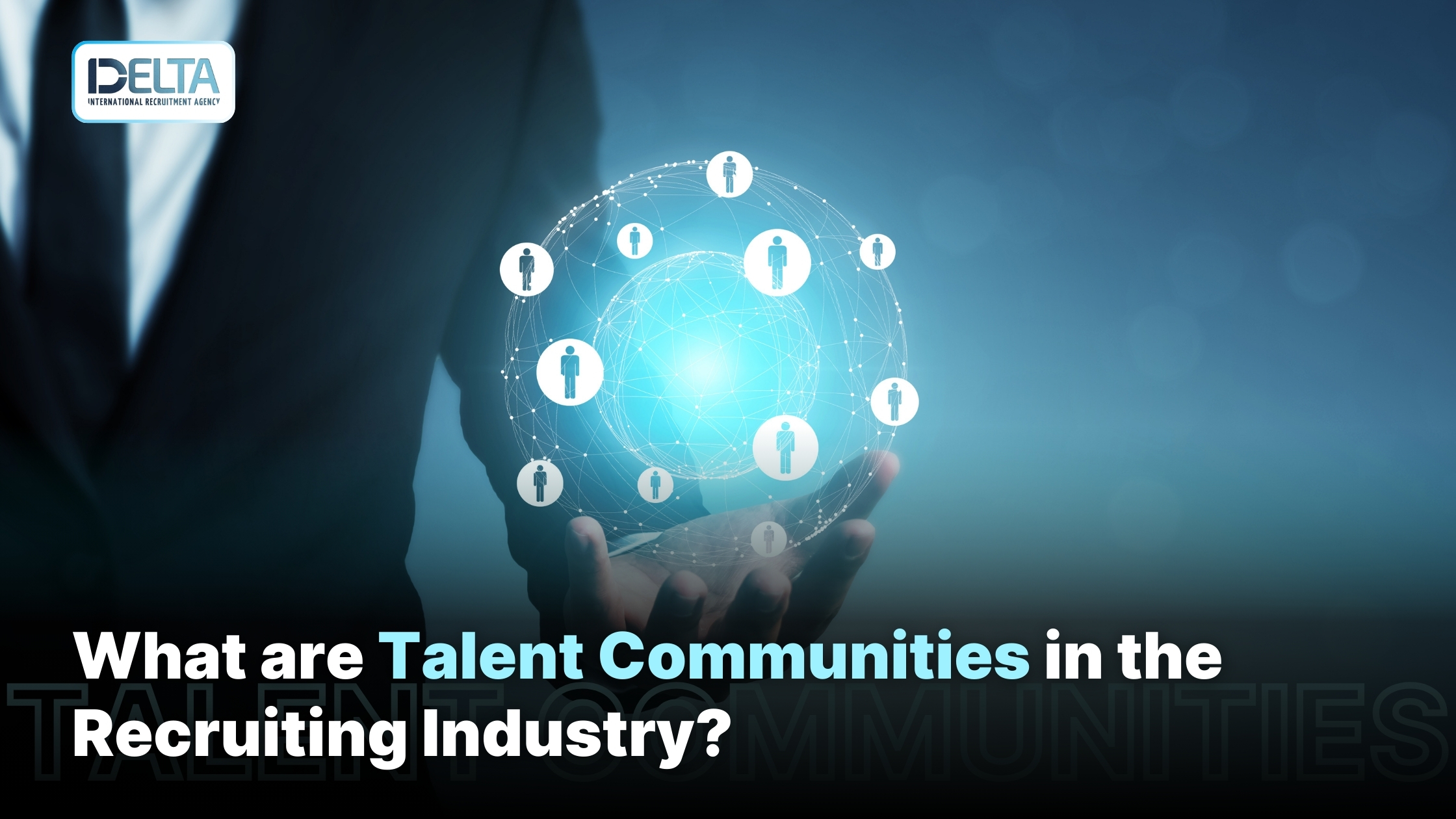Organizations are constantly seeking innovative ways to attract top talent. One of the most effective strategies gaining traction is the establishment of talent communities. These communities serve as a bridge between potential candidates and employers, allowing for ongoing engagement and relationship building, even when no immediate job openings exist.
Understanding the dynamics of talent communities is essential for recruiters aiming to enhance their hiring processes and strengthen their employer brand.
This blog will delve into what talent communities are, how they function, and the benefits they offer to both candidates and employers. By the end of this post, you’ll gain valuable insights into leveraging talent communities in the recruiting industry.
What is a Talent Community?
A talent community is an organized network of individuals who have expressed interest in a particular company or industry but may not be actively seeking employment at that moment. Unlike traditional talent pools, which are merely databases of resumes, talent communities foster engagement and interaction among members.
- Key Characteristics:
- Members often include past applicants, passive candidates, and individuals interested in the company’s culture.
- The community can exist on various platforms such as social media groups, dedicated forums, or company career pages.
Why Build a Talent Community?
Building a talent community offers several advantages for organizations:
- Enhanced Candidate Relationships: By nurturing relationships with potential candidates over time, companies can create a positive employer brand perception.
- Proactive Recruitment: Talent communities allow recruiters to identify and engage with candidates before positions become available, streamlining the hiring process.
- Diverse Candidate Pool: These communities attract a wide range of candidates, including those who may not be actively looking for jobs but are open to opportunities.

Source: AIHR
How to Create an Engaging Talent Community
Creating a successful talent community involves strategic planning and execution. Here’s how to get started:
1. Choose the Right Platform
Select a platform that aligns with your target audience's preferences. Popular options include:
- Social Media Groups: Platforms like LinkedIn or Facebook can facilitate discussions and networking.
- Company Career Pages: Dedicated sections on your website can serve as a hub for community activities.
2. Identify Potential Members
Target individuals who align with your organization’s values and needs. Consider segmenting members based on:
- Occupation: Grouping by industry or job function helps tailor content.
- Experience Level: Differentiate between new graduates and seasoned professionals.
3. Foster Engagement Through Quality Content
To keep members active and engaged, provide valuable content that resonates with their interests. This can include:
- Industry Insights: Share trends and news relevant to your field.
- Career Development Tips: Offer resources like resume writing workshops or interview preparation sessions.
4. Encourage Interaction
Facilitate discussions among community members by:
- Hosting webinars or Q&A sessions with industry experts.
- Creating forums where members can share experiences and advice.
Benefits of Talent Communities in Recruiting
The advantages of implementing talent communities are manifold:
- Improved Candidate Quality: By engaging with interested individuals over time, recruiters can better assess cultural fit and skills before making hiring decisions.
- Cost Efficiency: Reducing reliance on paid job advertisements can lead to significant savings while still attracting high-quality candidates.
- Stronger Employer Brand: A well-managed talent community enhances your organization’s reputation as an employer of choice, making it more appealing to top talent.
Challenges in Managing Talent Communities
While there are numerous benefits to establishing a talent community, challenges may arise:
- Maintaining Engagement: Regularly updating content and facilitating discussions is crucial to keep members interested.
- Segmenting Effectively: Proper segmentation is necessary to ensure that content remains relevant to diverse member interests.
Conclusion
In conclusion, talent communities represent a transformative approach in the recruiting industry, enabling organizations to build lasting relationships with potential candidates. By fostering engagement through quality content and interactive platforms, companies can create a robust pipeline of talent ready when opportunities arise. Embracing this strategy not only enhances recruitment efforts but also strengthens employer branding in an increasingly competitive landscape. As you consider integrating talent communities into your recruitment strategy, remember that the key lies in genuine engagement and providing value to all members involved.
Recruitment Industry: Impactful Updates




 And How to Create One.jpg)